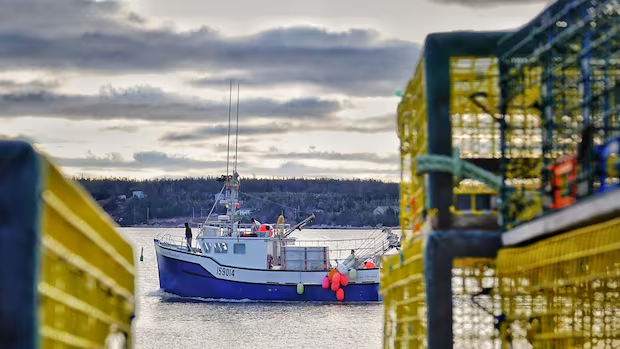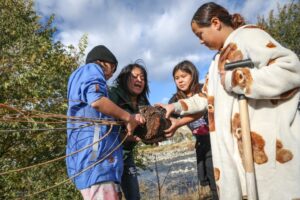
Listen to this article
Estimated 3 minutes
The audio version of this article is generated by text-to-speech, a technology based on artificial intelligence.
Conservative members on the House committee on fisheries and oceans are raising concerns about the impact of and science behind marine protected areas that the federal government is establishing to meet its 2030 conservation goals.
They say fishermen in their coastal ridings have not been consulted and are worried the plan will shut down fishing grounds and take away their livelihoods.
“There is nothing but deep resentment for the Department of Fisheries and Oceans,” said Aaron Gunn, Conservative MP for North Island-Powell River on Vancouver Island, during a committee meeting Tuesday.
Officials from the Department of Fisheries and Oceans (DFO), Parks Canada, Department of the Environment and the Office of the Auditor General of Canada pushed back against the suggestion that all fisheries in marine protected areas would shut down.
But they admitted they need to do a better job at outreach and communication with the fishing industry.
“We really do strive that the impacts are as minimal as possible and we have as a result adjusted boundaries in a manner to actually minimize those socioeconomic impacts,” said Kathy Graham, director general of marine planning and conservation at DFO.
Numbers game?
Once an area is identified for protection, Graham said conservation objectives need to be clearly defined and all human activities assessed.
Fishing still occurs in many marine protected areas and is only limited in those where there’s a risk with conservation objectives, she added.
“It’s a numbers game,” said Clifford Small, Conservative MP for Central Newfoundland, about the 30×30 conservation objective — protecting 30 per cent of Canada’s land and water by 2030.
Small told officials fishermen were promised they would be allowed to continue fishing halibut in the St. Anns Bank Marine Protected Area off Cape Breton, N.S., but it’s limited. Fishing is still permitted, but prohibited in most of the area for commercial means.
“What do you think that does for trust in the process?” Small said.
The St. Anns Bank Marine Protected Area covers 4,364 square kilometres off of Cape Breton, N.S. (Department of Fisheries and Oceans)
Conservative MPs also question whether the 30×30 goal is supported by marine biologists.
“Is it scientific or political?” said Gunn. “Sounds kind of arbitrary.”
Officials explained the number was derived from the Kunming-Montreal Global Biodiversity Framework, which was adopted in December 2022 at the COP15 United Nations Biodiversity Conference in Montreal.
The agreement commits 196 countries, including Canada, to protect 30 per cent of the Earth’s land and water by 2030 to address climate change, and halt and reverse biodiversity loss.
“Is it pure science that goes into the 30×30? No, it’s a negotiation,” said Commissioner of the Environment and Sustainable Development Jerry DeMarco.
“But there has been a recognition that the lower percentages that have been agreed to in the past have not succeeded in halting and reversing biodiversity loss in the past. So there’s been a ramping up.”
Currently, the U.S. is ahead of Canada in meeting its 30×30 targets, DeMarco said.
But officials say they remain optimistic Canada is well positioned to meet its goal.
Prime Minister Mark Carney recently said the federal government will release an updated national nature strategy soon to meet Canada’s biodiversity commitments.
The committee will begin a study on marine protected areas in the new year.





